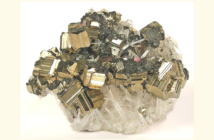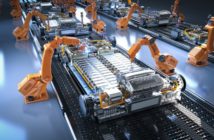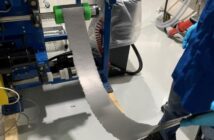Trickle charging is used by battery chargers to maintain the battery in fully charged state. The keyword here is maintain. Let’s understand how.
Battery Self-discharge
A battery is said to be fully charged when it reaches 70-80% charge. However, even if there is no load attached to the battery, chemical reactions continue, though at a very low level. These slow reactions cause a very small amount of continuous discharge, called self-discharge. Trickle Charging is done to take care of self-discharge.
Battery Charging Stages
A battery is charged in three stages – constant current, top-up and trickle charging. In the first phase, maximum current is passed to the battery to rapidly charge it to 70-80%. Then slower charging takes place to top-up the battery to 100%. Finally, when the battery is fully charged, trickle charging is done to counter self-discharge.

Advantages of Trickle Charging
Trickle charging does not let the battery get discharged when not in use. This extends the life of a battery. In case of car batteries, trickle charging prevents the deadly process of sulfation. Battery performance depends on its temperature. Current passed to the battery during trickle charging keeps it at optimum temperature. The low current of trickle charge ensures that there is no overheating of your battery. This means the battery is ready to start working whenever you want.
Trickle charging is used for lead batteries and battery banks, which have a relatively larger self-discharge rate. So if you are choosing a battery charger for your battery bank, choose one with trickle charging capabilities.
Related Articles
Salvaging Battery After Sulfation



